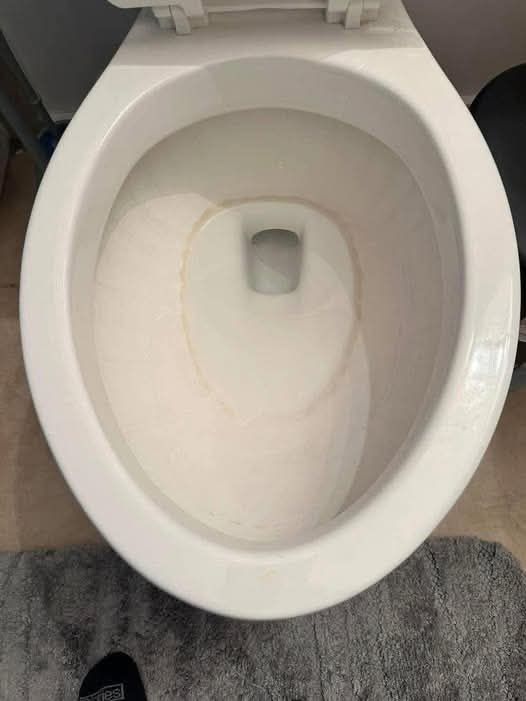ADVERTISEMENT
ve it time to break down the minerals.
For Complete Cooking STEPS Please Head On Over To Next Page Or Open button (>) and don’t forget to SHARE with your Facebook friends
Step 4: Scrub the Stains
After the vinegar has had time to work, grab a soft sponge or microfiber cloth and begin to scrub the stained area gently. The mineral deposits should start to lift away with minimal effort. Be sure to scrub in a circular motion to effectively break up the stains.
For tougher stains, you can create a paste by mixing baking soda with a little water and applying it to the stains before scrubbing. The abrasive nature of baking soda combined with vinegar will help tackle stubborn spots.
Step 5: Rinse and Wipe
Once you’ve scrubbed the stains away, rinse the area with warm water to remove any remaining vinegar residue. Wipe the surface with a clean, dry cloth to ensure it’s fully dry and streak-free. If you’re cleaning a glass shower door or mirror, polishing with a microfiber cloth will leave it shining without any streaks.
Step 6: Repeat if Necessary
For especially stubborn stains, you may need to repeat the process a few times. If the stains are particularly heavy or old, soak a cloth in vinegar and wrap it around the affected area, allowing it to sit for longer — up to an hour or more. After soaking, follow the same steps to scrub and rinse.
Tips for Using Vinegar to Remove Hard Water Stains:
- Faucets and Showerheads: To clean hard water deposits on your faucets or showerhead, fill a plastic bag with vinegar and tie it around the fixture. Let it soak for 30 minutes to an hour, then wipe it clean with a cloth or sponge.
- Glassware and Dishes: If your glassware or dishes have white mineral spots from hard water, simply soak them in vinegar for a few minutes. Then scrub gently with a sponge, rinse with water, and dry thoroughly.
- Prevent Future Stains: After cleaning the hard water stains, consider spraying the area with a vinegar-water solution regularly to prevent new stains from forming. For shower doors, a quick wipe-down after each use can prevent buildup.
When to Avoid Vinegar:
While vinegar is great for most surfaces, there are a few materials that should be cleaned with caution. For instance, avoid using vinegar on natural stone surfaces like granite, marble, or limestone, as it can damage the stone over time. For these surfaces, use a cleaner specifically designed for stone.
Conclusion:
Removing hard water stains with vinegar is a simple, affordable, and effective solution that works wonders on a variety of surfaces around the house. By following this step-by-step guide, you’ll be able to tackle those stubborn mineral stains and restore the shine and cleanliness to your faucets, glassware, and tiles. Plus, you can feel good about using a natural, non-toxic cleaner that’s safe for your home and the environment.
Next time you encounter hard water stains, reach for that bottle of vinegar and get cleaning — you’ll be amazed at the results!
